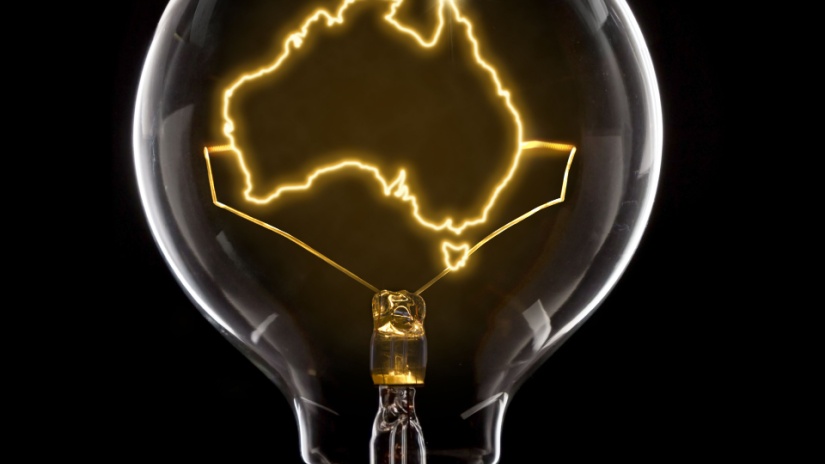Knowledge Centre
Net zero by 2050: How far behind are the states?

Australia has committed to achieving net zero greenhouse gas emissions by 2050. That goal shapes national energy, transport, industry, and infrastructure policy.
For states and territories, getting on track means setting emissions targets, implementing clean energy strategies, investing in renewables, and ensuring their regulatory frameworks support the transition.
Net zero isn’t just about cutting emissions - it’s about maintaining reliability, managing costs, ensuring energy security, and supporting communities and industries through the shift.
What each state’s progress looks like
Here’s a snapshot of how Australia’s states and territories are doing in heading toward net zero:
| State/Territory | Targets & policies in place | Key achievements so far | Main gaps & challenges |
| Net zero by 2050 target; strong renewable energy commitments; major hydrogen and battery storage targets. | Large-scale solar, wind, and battery projects underway; improvements in energy efficiency policies. | Transmission constraints; slow rollout of long-duration storage; reliance on gas for firming. | |
| Victoria | Legislation committing to net zero by 2050; strong support for clean energy zones and storage. | Significant investment in renewables and battery storage; clean energy zones being planned. | Coal‑plant retirements require faster replacement; permitting delays; industrial emissions still high. |
| Queensland | Targets for net zero by 2050; strong solar potential; government policies supporting renewables. | Rapid growth in rooftop solar; large utility scale solar; some storage being deployed. | Grid network upgrades needed; pace of large‑scale storage and firming resources could lag; coal export emissions largely outside state energy policy. |
| Ambitious clean energy goals; strong focus on renewables and storage; early mover in batteries and wind. | High share of renewables in the grid; strong battery deployment; excellent performance in consistency of supply during peak loads. | Balancing the tail‑end periods (low solar/wind); need more diversity in storage duration; industrial emissions less addressed. | |
| Western Australia | Net zero target under state plan; increasing renewables in isolated systems; some strong policies. | Growth of remote solar + battery systems; moving away from isolated diesel grids. | Large isolated networks make integration harder; transmission over long distances; heavy industry emissions remain a challenge. |
| Tasmania | Strong emissions target; already large share of hydroelectricity; strong potential in pumped hydro and green export. | High renewable share; relatively low emissions per capita; good foundations for further decarbonisation. | Geographic constraints; capacity for export; investment in new storage beyond hydro needed; balancing seasonal demand. |
| Northern Territory & ACT | ACT has been a leader with binding emissions targets; NT has declared goals and is exploring renewables, hydrogen, storage. | ACT often exceeds its targets; NT has strong solar resources and is developing policy frameworks. | NT’s industrial emissions and infrastructure lags; ACT’s scope is smaller so its gains are more localised; broader integration across the national grid limited. |
Who’s leading - and why
ACT is often viewed as the top performer: strong policies, clear targets, meaningful early action, and small scale make governance and implementation more straightforward.
South Australia also stands out: early adoption of large battery systems, experience with grid challenges, and strong community support help it perform well.
Victoria and NSW have potential because of their large economies, established infrastructure, and financial capacity - but their success depends heavily on how quickly they address transmission, storage, and industrial emissions.
Who’s lagging: Key barriers
- Transmission and grid limitations: Without upgraded lines and interconnectors, even states with strong renewables struggle to distribute power efficiently.
- Storage: Many states are deploying batteries, but much of this is short‑duration. Long‑duration storage (pumped hydro, hydrogen, etc.) is still underdeveloped.
- Industrial and transport emissions: Some states have strong power sector policies but less mature plans for heavy industry, freight, aviation, or agriculture.
- Policy inconsistency and regulatory delays: Approvals, land access, environmental regulation can slow progress significantly.
- Funding and investment gaps: Some states have strong backing; others are constrained by smaller budgets, smaller private investment, or less favourable infrastructure.
What it will take for all states to get on track
- Strengthen state‑level policies and targets: More binding targets, clearer action plans, regular reporting.
- Accelerate clean energy infrastructure: Renewables, transmission, and storage must be deployed faster.
- Support industrial decarbonisation: Technology, incentives, and regulation to curb emissions from heavy industries.
- Innovate in storage and alternative energy carriers: Green hydrogen, long duration batteries, pumped hydro.
- Align with federal frameworks: Coordination between state and national governments to avoid policy gaps or conflicting regulations.
- Engage communities and stakeholders: To reduce opposition, smooth approvals, encourage uptake of distributed energy and efficiency measures.
Making a switch
Some Australian states are well ahead in setting up roadmaps, implementing clean energy infrastructure, and passing legislation to meet net zero by 2050. Others have strong potential but are held back by transmission, storage, industrial emissions, or regulatory inertia.
The differences in progress reflect state size, resources, industrial mix, political will, and geography. With the right policies, investment, and coordination, all states could substantially close the gap - but the next 5‑10 years will be critical.
Thinking about choosing a green energy plan that supports your goals? Call Compare Energy on 1300 790 106 to discuss the right green plan for you. Our specialists compare options aligned with your values and usage - let’s find your best match.

